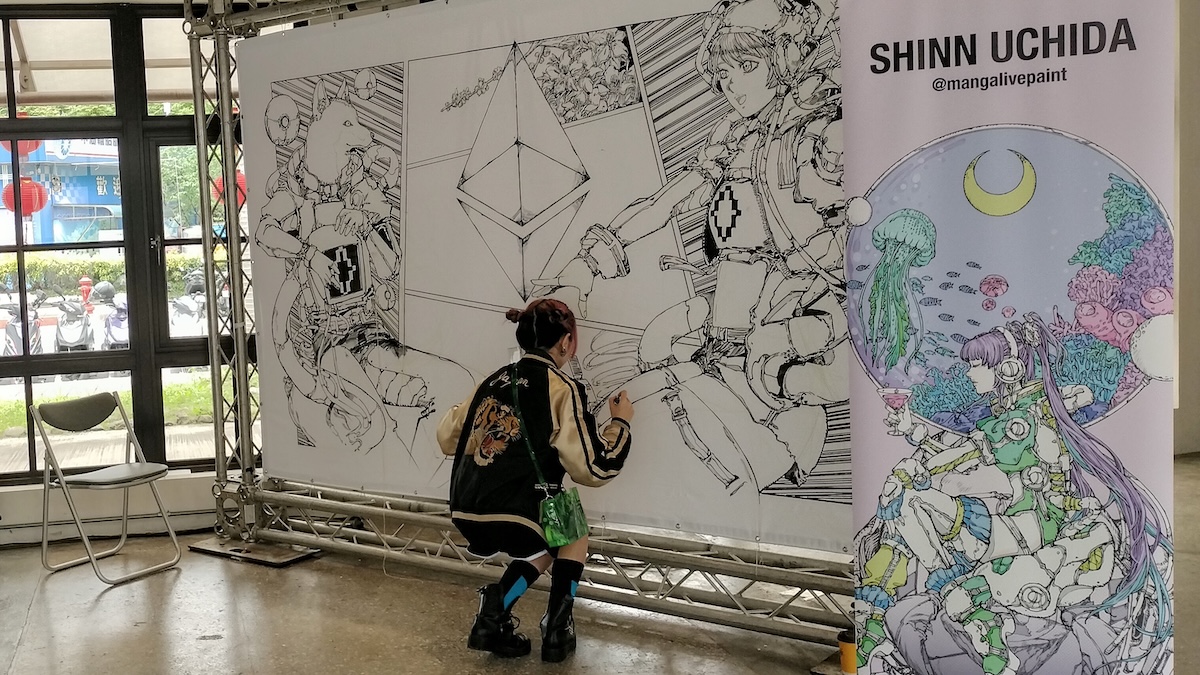Since I first proposed the LikeCoin v3 upgrade via a green paper mid-last year, after more than half a year of deliberation and discussion, and four months of development, we are now on the home stretch, moving towards the final goal1.
Below, using bullet points and charts, I will briefly explain the various aspects of the LikeCoin v3 upgrade, starting again from the background and covering the steps needed for the final completion, so the community can grasp the overall situation1.
I. Upgrade Background
In the early days of LikeCoin’s launch (2018, 2019), Ethereum transaction fees were high and throughput was low, which led to LikeCoin v2 adopting its own public chain. Today, Ethereum has matured considerably, and the problems of that era have been thoroughly resolved. Although there is still room for improvement in user experience, further enhancements are expected with the rollout of account abstraction, gradually moving towards large-scale application. In view of this, LikeCoin has decided to upgrade to v3 and migrate back to Ethereum1.
| Version | Description |
|---|---|
| v1 | Based on Ethereum, high fees |
| v2 | Own public chain, solved fee issues |
| v3 | Return to Ethereum, leveraging mature technology |
II. Upgrade Advantages
- Save significant resources on infrastructure development and maintenance, freeing up manpower and resources for application layer development and operation1.
- $LIKE can be exchanged for ETH or other ERC-20 tokens via DEXs like Uniswap, increasing liquidity1.
- Greatly enhance the composability of LikeCoin components, facilitating interaction with other web3 applications. For example, v3 e-books can be displayed directly in MetaMask, bought and sold on OpenSea, $LIKE can be managed with a Safe multi-sig wallet, and used as a governance token on Snapshot, etc1.
III. Upgrade Costs
- Significant effort is required to redevelop applications, migrate data, and handle backward compatibility1.
- The results of past user education cannot be carried over; many concepts need to be explained again1.
- It is difficult to notify all users; some data and tokens will inevitably be left behind on v21.
| Advantages | Costs |
|---|---|
| Focus resources on practical applications | Redevelopment, data migration, backward compatibility |
| Increase $LIKE liquidity | User education needs restarting |
| Enhance composability | Losing some users |
IV. Scope Involved
The LikeCoin v3 upgrade can be broken down into three interconnected layers: token, data, and application. All three are indispensable; upgrading individual components alone would lack support from others, and the remaining parts would be left behind1.
V. Token Upgrade
- v2: LikeCoin is its own public chain, with $LIKE used as the gas fee for that chain1.
- v3: $LIKE is an ERC-20 token within the Ethereum ecosystem, primarily circulating on the L2 OP Mainnet. ETH is used for gas fees, but after full implementation of account abstraction, $LIKE could also be used for fees1.
VI. Data Upgrade
- v2: Metadata is stored on the LikeCoin chain, data is stored in decentralized ecosystems like IPFS and Arweave, then minted as NFTs for circulation1.
- v3: Data is stored in decentralized ecosystems like IPFS and Arweave. ERC-721 NFTs are created on Ethereum (OP Mainnet) to store metadata and allow collectors to mint1.
VII. Application Upgrade
- v2: Applications are highly integrated with the LikeCoin chain (application-specific chain), connected via wallets like Keplr and Cosmostation, with AuthCore providing email and social login1.
- v3: Applications are smart contracts operating on the Ethereum Virtual Machine (EVM), connected via wallets like MetaMask, Rabby, Brave, Coinbase, etc., with Magic Link providing email login to bridge web2 users1.
| Component | v2 | v3 |
|---|---|---|
| Token | Cosmos-based public chain token | Ethereum ecosystem ERC-20 |
| Data | LikeCoin chain, IPFS, Arweave | OP Mainnet, IPFS, Arweave |
| Application | Highly integrated w/ LikeCoin chain | EVM, Smart Contracts |
VIII. Upgrade Sequence
- Application → Data → Token1
- This sequence ensures that applications are ready immediately after the data and token upgrades, minimizing disruption to the daily operations of authors and readers1.
IX. Development Progress
- Token upgrade v3 development completed (demo)1.
- Data upgrade v3 development completed (demo), pending testing and quality assurance1.
- Application upgrade v3 development has preliminarily started1.
X. Remaining Work
- Tech Subdao to submit a proposal to the community for funding to start the second phase of development work, primarily involving middleware required for applications1.
- Draft the LikeCoin v3 white paper, establishing the token economic model and application scenarios1.
- Further test the data upgrade, then deploy the v3 smart contracts on the mainnet1.
- Partially open Liker Land v3 beta for trial by Genesis Liker+ users1.
- Liker Land officially upgrades to v3, simultaneously opening Liker ID and data upgrades1.
- Initiate the v3 token “Seven-Step Upgrade” process: discuss the upgrade schedule, final parameters, validator compensation plan, v3 governance principles, and other details, submitting proposals one by one for community voting confirmation14.
- Submit information to sites like Coingecko and Coinmarketcap to update $LIKE data14.
- After completing the above preparations, officially launch the v3 token upgrade1.
Expected Timeline
| Month | Tasks |
|---|---|
| April | Submit funding proposal, Draft white paper |
| May | Test data upgrade, Liker Land v3 beta |
| June | Liker Land, Liker ID, Data sync upgrade v3 |
| July | Initiate token “Seven-Step Upgrade” |
| August | Open token upgrade v3 |
p.s. I treated this weekly report more as a document than an article, deliberately using an “AI tone” to avoid expressing emotion. Internally, I’m actually very excited about this upgrade; my right brain doesn’t care about anything and just wants to launch ASAP, while my left brain keeps pondering if any details were missed. One side pushes for speed, the other for stability – sleepless nights, a battle in my mind.


Leave a Reply